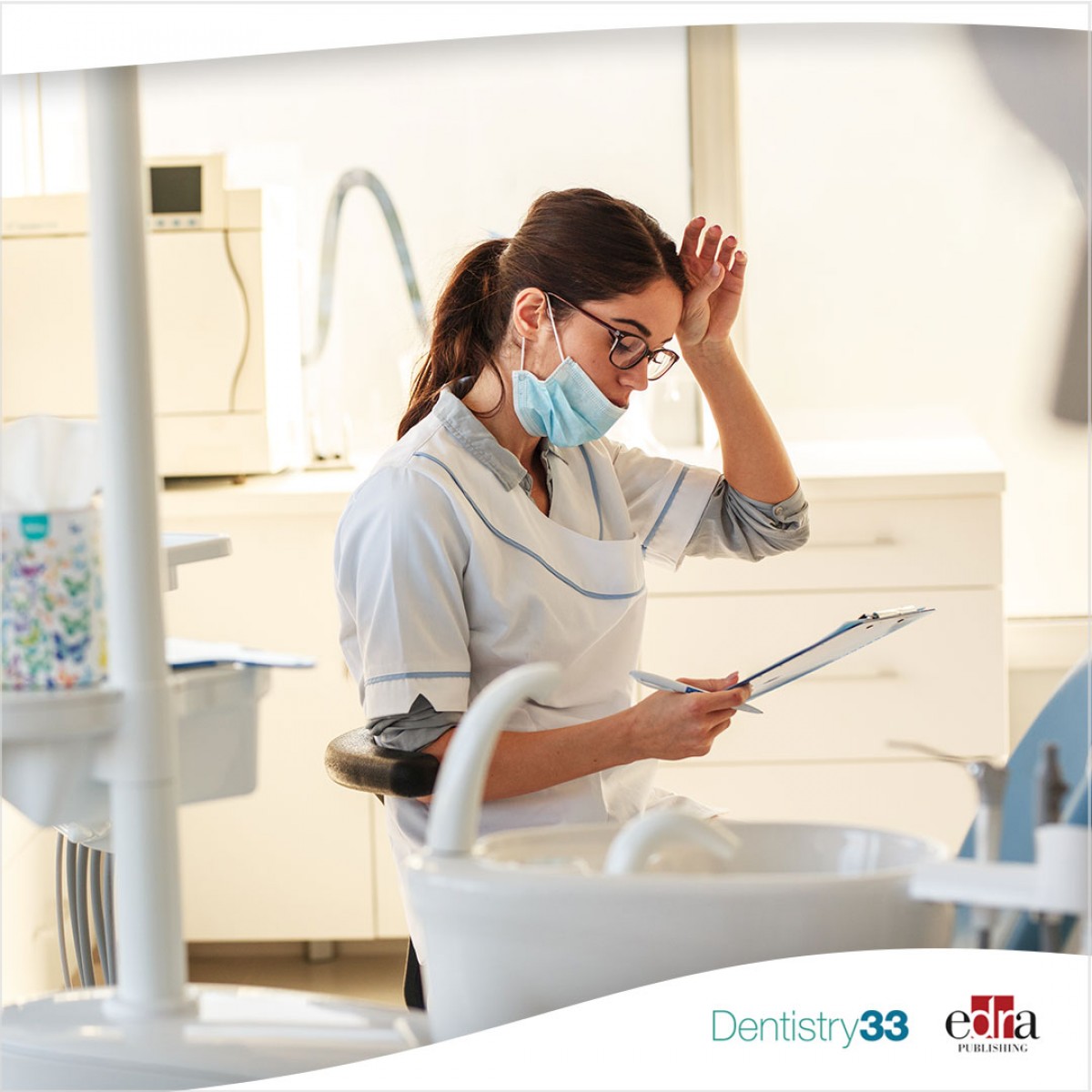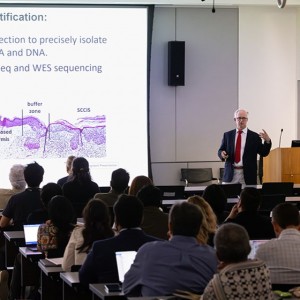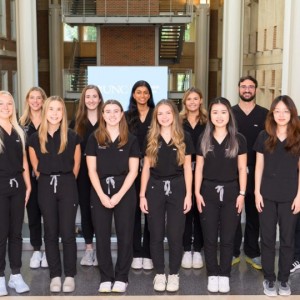
High prevalence rates of burnout and emotional exhaustion among the dental profession
Summary, study selection
A systematic review was carried on by searching through six databases (Medline, Scopus, Web of Science, PsycINFO, EMBASE, and LILACS) and gray literature (OpenGrey, ProQuest Dissertations & Theses Global, and Google Scholar) on January 27, 2021. Only studies that used the Maslach Burnout Inventory questionnaire and its subscales for diagnosis (i.e., emotional exhaustion, depersonalization, and reduced personal accomplishment) were included in the analysis. The study used a two-phase selection process by two independent reviewers to select studies based on titles, abstracts, and full-text reading. A structured data extraction form was created to collect information on study characteristics and burnout measures. Geographic regions were classified according to the United Nations' system. The study utilized the Joanna Briggs Institute (JBI) Critical Appraisal Checklist to assess the methodological quality of the included studies reporting prevalence data. Heterogeneity among studies with less than 10 samples was assessed using the I² statistic, with values over 50% considered highly heterogeneous. All statistical analyses were performed using Stata 16.0 software.
Key study factor
Burnout syndrome is a state of emotional exhaustion, depersonalization, and reduced personal accomplishment that results from chronic stress at work. Observational studies were included in this research if they investigated the prevalence of burnout syndrome in dentists. The study population was dentists who were exposed to burnout syndrome, with no comparison group. The exclusion criteria included professors, dental students, and other oral health professionals.
Main outcome measure
The goal of this systematic review was to investigate the prevalence of burnout syndrome in dentists using the Maslach Burnout Inventory (MBI), and to determine the prevalence of burnout syndrome in dentists based on the subscales of the MBI. The diagnosis of burnout syndrome was based on the MBI questionnaire's three subscales. The outcome of interest was the prevalence of burnout syndrome in dentists.
Main results
Of the 37 articles included in the review, 31 were used in the quantitative analysis, representing over 13,000 dentists from around the world. The findings revealed that 13% of dentists experience burnout syndrome, with emotional exhaustion being the most commonly reported subscale, followed by depersonalization and reduced personal accomplishment.
In terms of levels of burnout syndrome, 25% of dentists experienced high emotional exhaustion, 18% experienced high depersonalization and 32% had low personal accomplishment. The mean levels of emotional exhaustion, depersonalization, and reduced personal accomplishment were 17.9% and 34.7%, respectively.
Conclusions
There is a considerable prevalence of burnout syndrome among dentists, particularly with regard to emotional exhaustion. The review's results have important implications for dental practices as it highlights the need for interventions to mitigate the risk of burnout syndrome in dentistry.
Kelvin I. Afrashtehfar and Carlos A. Jurado. "High prevalence rates of burnout and emotional exhaustion among the dental profession," Journal of Evidence-Based Dental Practice, 26 April 2023, 101886, ISSN 1532-3382, https://doi.org/10.1016/j.jebdp.2023.101886.
 Related articles
Related articles
Market 01 August 2023
The authors sought to identify the prevalence of burnout in oral medicine and orofacial pain residents and investigate potential contributing factors.
Penn Dental Medicine brought together nearly 180 attendees from across the country and around the world for the 7th Penn Periodontal Conference, providing a forum to exchange the latest science in...
Oral pathology 06 October 2025
Assessing the Translation of Research and Innovation into Dental Practice
Over the past 100 y, there have been an unprecedented number of innovations that have improved oral health and functioning.
Editorials 29 September 2025
Melissa Karby named Director of Research Administration at the School of Dentistry
University of Michigan staff member who has received awards for her support of research at the university is returning to the School of Dentistry as Director of Research Administration.
Editorials 25 September 2025
As the research community at Adams School of Dentistry continues to make scientific strides in oral health care and research, new ideas and an innate curiosity are part of what drives this success.
 Read more
Read more
Editorials 10 October 2025
With proud smiles and crisp white coats, ninety-three learners from the DDS Class of 2029 and the International Dentist Pathway Class of 2028 marked the start of their dental careers at the UCSF...
Periodontology 10 October 2025
Continuous professional development (CPD) in Periodontology refers to the overall framework of opportunities that facilitate a life-long learning practice, driven by the learner-practitioner and...
TheraBreath, the #1 alcohol-free mouthwash brand in the U.S.*, has introduced a new line of dentist-formulated, clinically tested toothpastes designed to support professional oral care...
News 10 October 2025
New officers and trustees were installed at the Minnesota Dental Association’s Leadership Conference on September 19 in Minneapolis.
News 10 October 2025
Smartee Denti-Technology today announced that Professor Gang Shen, its Chief Scientist and Executive President of TaiKang ByBo Dental, has once again been named to the World’s Top 2% Scientists...















